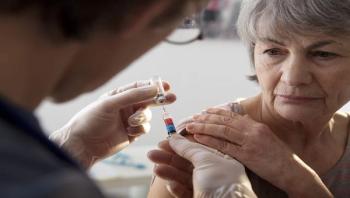
News


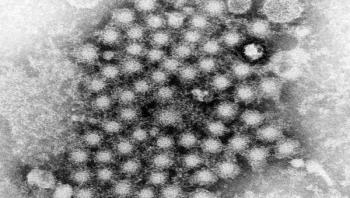


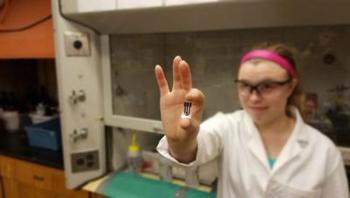



A deadly raccoon parasite that can cause severe neurological problems in infected hosts has been popping up in the South, and seven new cases of human infection in the U.S. have been documented in the last two years alone. Although this “raccoon roundworm” was believed to cause severe problems and even death in people who become infected, a new University of Georgia study shows that’s not always the case. Researchers found that people with frequent contact with raccoons who have a higher risk of becoming infected with Baylisascaris procyonis-such as wildlife rehabilitators-did test positive for the parasite but weren’t showing any symptoms.
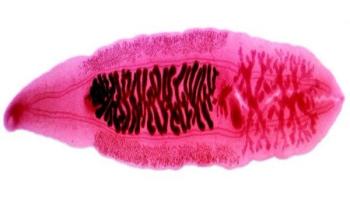
Clonorchiasis, a neglected tropical disease usually acquired by eating undercooked freshwater fish, affects an estimated 15 million people around the globe. More than 85% of cases are concentrated in China. Now, researchers have produced high-resolution risk maps for clonorchiasis in China. Their results, published in PLOS Neglected Tropical Diseases, identified provinces with the highest risk and important predictors for clonorchiasis. Moreover, the risk of the disease has been profiled for areas without survey data.
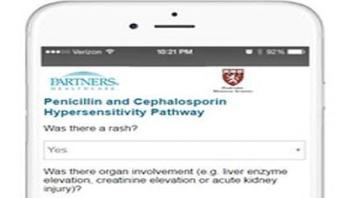
Massachusetts General Hospital (MGH) and Brigham and Women's Hospital (BWH) investigators have developed two approaches to increasing the use of penicillins and cephalosporins - highly effective antibiotics that are not as problematic as many alternatives - in hospitalized patients previously believed to be allergic to penicillin. Their report, which has been published online in the Journal of Allergy and Clinical Immunology, describes how both tested protocols -- use of penicillin allergy skin tests or a computerized guideline/decision support tool -- safely increased the use of penicillin and penicillin-related antibiotics in inpatients.


McMaster University researchers have found a new way to treat the world’s worst infectious diseases, the superbugs that are resistant to all known antibiotics. The discovery of an effective combination therapy has the potential to change medical practice for the treatment of the drug resistant infections which the World Health Organization (WHO) last week identified as of “critical priority” for their threat to human health. The research was published in the journal Nature Microbiology today.







In this new series for 2017, we offer insights from experts in industry and in healthcare delivery regarding smart evaluation and purchasing of infection prevention and control-related products. In this installment, we address IV and catheter-related products.

Healthcare technology that is poorly designed or implemented can contribute to patient harm, experts say, and health information technology (IT)-related patient safety events can go undetected. As the adoption of healthcare IT becomes more widespread, clinicians must be on alert for increased risk of patient harm. One relationship that infection preventionists and other clinicians may not be cultivating as thoroughly as possible is with their healthcare institution's biomedical engineering and/or healthcare technology.


Chemists and molecular biologists have made an unexpected discovery in infection biology. The researchers can now show that two proteins that bind to one another slow down a chemical reaction central to the course of the disease in the bacteria Yersinia pseudotuberculosis. The results have been published in the Journal of Biological Chemistry.



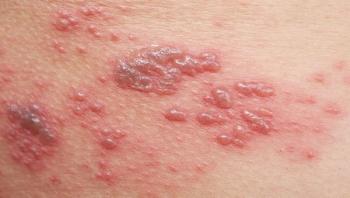
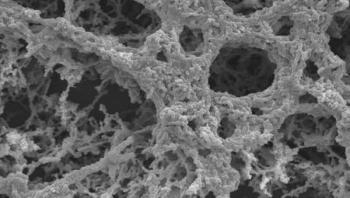
Researchers from the University of Leicester have for the first time discovered that bacteria that cause respiratory infections are directly affected by air pollution - increasing the potential for infection and changing the effectiveness of antibiotic treatment.
